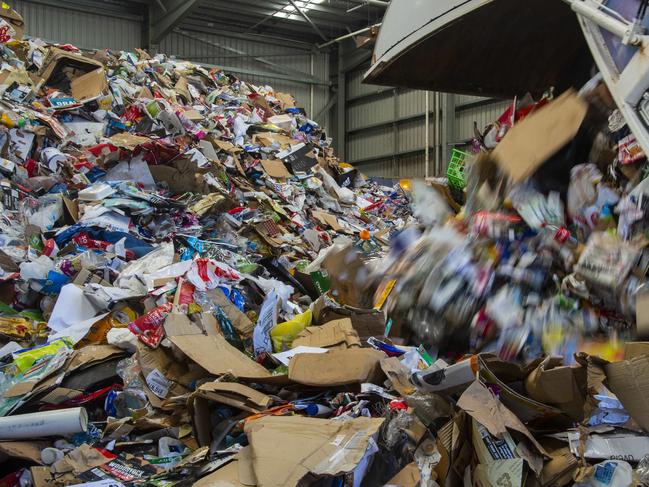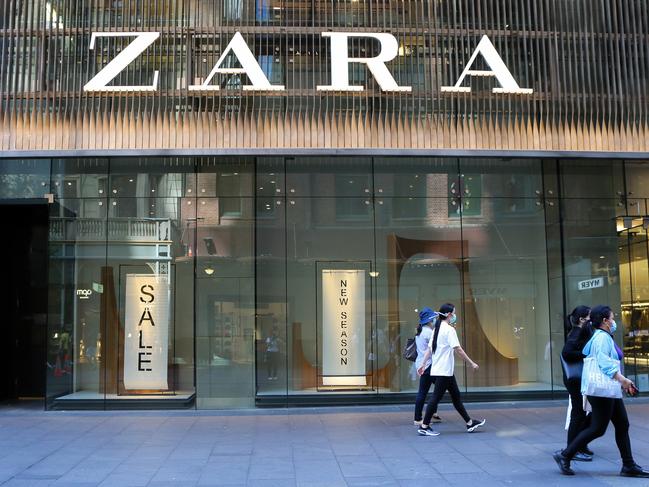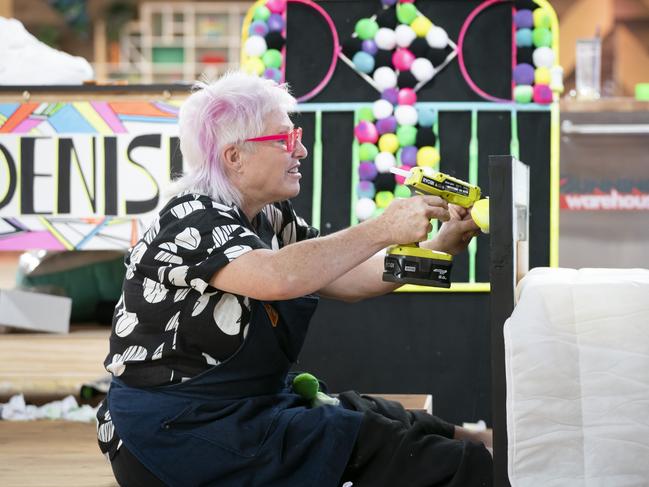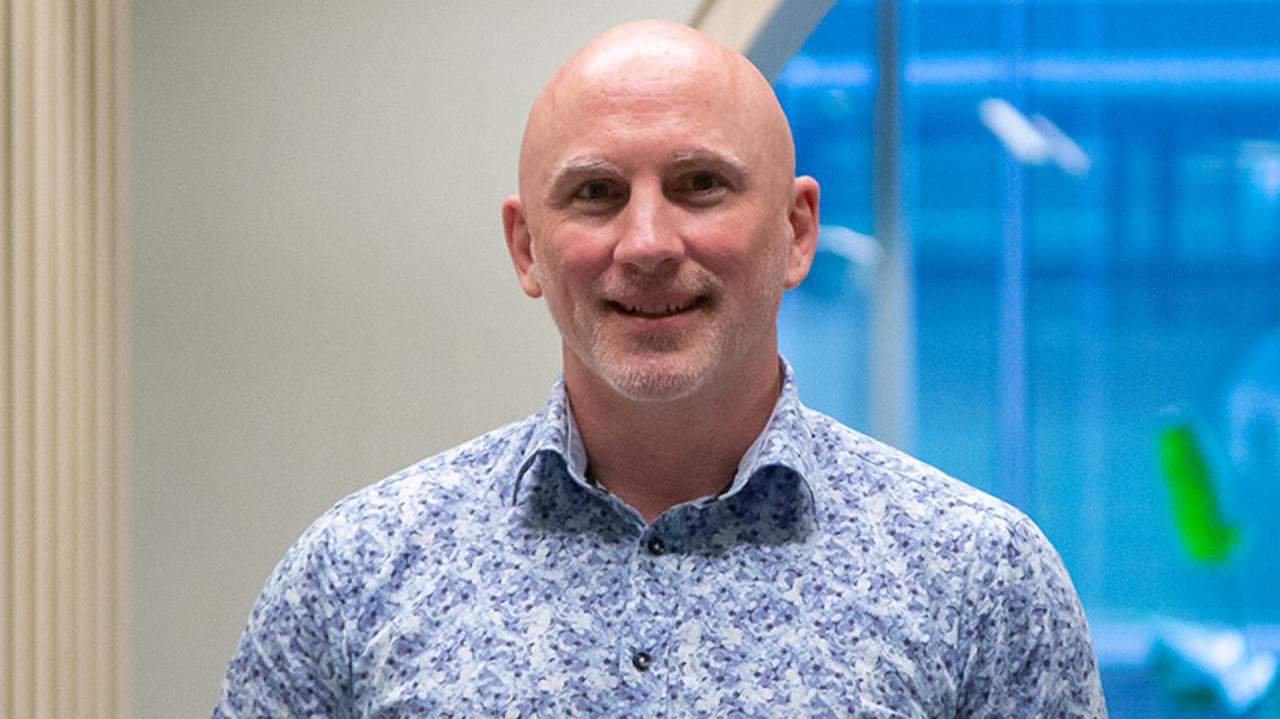Making it Australia: why we all need to embrace junk
Today’s upcycling trend is taking the shame out of scavenging and tackling Australia’s huge landfill problem.
SmartDaily
Don't miss out on the headlines from SmartDaily. Followed categories will be added to My News.
Long before upcycling was a word, Denise Pepper was transforming old door handles into jewellery, and turning kerbside finds into artistic furniture.
The sculptor and design lecturer was among the craftspeople putting staple guns and drills to work in reality show, Making It Australia, ahead of her weekend elimination. Touted as the MasterChef of crafting, the show sees DIY pros battle it out for the Master Maker prize across a series of themed challenges.
Tapping into the upcycling trend, it’s poised to inspire people to unleash their creativity, shake off the stigma of scavenging and shift from consumers into makers. So, is it time we all picked up the tools?

Waste not, want not
Making It Australia is a feel-good concept at a time when disposable fashion and fast furniture is contributing to Australia’s mounting waste problem. Our unhealthy relationship with stuff sees over 20 million tonnes of waste sent to landfill each year, according to ABS figures, with every Australian producing more than 10kg of waste per week.

Pepper, 61, was ahead of her time when she developed a taste for upcycling and restoration amid the excesses of the 80s. While today’s upcycling trend is largely driven by environmental awareness, hers was born of necessity. Finding herself as a single mother with a mortgage and two young daughters at age 23, she had little money for furniture and decor. A queen of repurposing roadside finds, Pepper would always carry a toolkit, in case she came across anything interesting to dismantle and take home. “I love the idea of decking out the house with bits of furniture people don’t want,” she says. “Once you add a bit of paint and some artistic flair, it transforms.” From her fluoro-Pink living room cabinet to a display of restored old mirrors, Pepper’s Perth home is still almost exclusively filled with her creations.
Life skills
Regardless of financial status, Pepper says everyone has something to gain from using their hands to create. “I love telling people to get off their devices and start using their hands,” she says. “I’m a strong believer that the more you use your hands, the more creativity you spark in your brain.”

A former beauty therapist, Pepper enrolled in a handyperson course in her early years as a single mum, and it proved to be life-changing: “The day I picked up that drill I went, “oh my God, this is my calling”. She went on to get her builder’s certificate and worked in the construction industry before seguing into design. Now predominantly a sculptor, her works have featured in Sculptures by the Sea at Bondi and Cottesloe. The grandmother of four is also involved in a community hub teaching DIY skills to women who have come out of domestic violence. “I’ve come full circle – we’re teaching them how to use tools so they can feel empowered and independent like I did,” she says.

Shifting behaviour
Today’s upcycling trend may be a baby step alongside the mass-production juggernaut, but there are some encouraging signs of it going mainstream. For example, Clothing giants Zara, Uniqlo and H&M are among those turning textile waste into new items, while buy, sell and swap sites have made it far easier to scour for second-hand items.
“Sites like Facebook Marketplace save you from running around, and you might come across something you’ve never thought of,” Pepper says. “I have quirky taste - I wouldn’t be able to buy what I like, it’s easier to make it. More people are passing things on and rotating them around. If everyone starts doing this there will be less landfill.”
Tips to unleash your inner creative
Start small
An overwhelming task may never get finished, so start with something achievable, whether it’s turning a picture frame into a message board, repurposing an old jumper into a cushion cover, or restoring a mirror.
Invest in tools
The right tools will make light work of any project. A good staple gun, sander and drill will pay themselves off many times over.

Embrace paint
A lick of paint is perhaps the simplest and most effective way to transform a tired old item.
Seek inspiration
Sites such as Pinterest provide an immense catalogue of ideas to get your creative juices flowing.
Scour and scavenge
Hit up kerbside clean-ups, sites such as Facebook Marketplace, and community social media groups for freebies and bargains ripe for reinvention.
Discover repurposing hacks
An old shoe might become a mini herb garden, flannelette pyjamas can be cut up and hemmed into reusable makeup wipes, and an old wooden TV box could be the ultimate cat bed.
Think before you buy
Focus on making things you would otherwise buy. Before heading to the shops, think about ways to make what you need by repurposing items around the house.
Making It Australia airs 6pm Saturday, on 10.



